Search
07586 In Situ Investigation of the Passivation of Alloy C22 and of the Passive Films Formed on Alloy C22 in Acidic Electrolytes at Room Temperature and at 90 C
Also Purchased
07255 Relations between Seawater Ennoblement Selectivity and Passive Film Semiconductivity on Ni-Cr-Mo Alloys
Product Number:
51300-07255-SG
ISBN:
07255 2007 CP
Publication Date:
2007
$20.00
07564 FCCU Light Ends Plant Carbonate Stress Corrosion Cracking Experience
Product Number:
51300-07564-SG
ISBN:
07564 2007 CP
Publication Date:
2007
$20.00
07573 Survey of Materials in Hydrotreater Units Processing High TAN Feeds
Product Number:
51300-07573-SG
ISBN:
07573 2007 CP
Publication Date:
2007
$20.00



